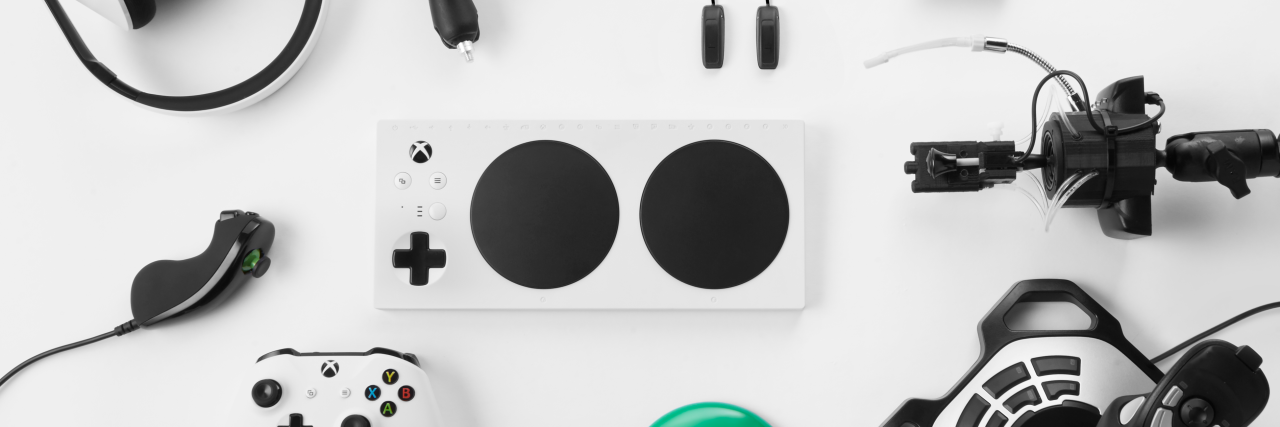How to Make Gaming More Accessible to People With Disabilities
It is important for those with physical and mental disabilities as well as those with mental illnesses to feel included in technology. However, the accessibility of video games and gaming in general has fallen far behind.
Standard controllers do not conform to children who are missing fingers or limbs, and many stories do not allow players who face physical limits to play. Those who have muscular disabilities or paralysis often cannot play games that involve physical activity, and those with certain types of epilepsy cannot safely play games that involve overstimulation or flashing colors.
There have been recent signs of progress. Microsoft developed the Xbox Adaptive Controller, which has large buttons and other features for players who cannot use the standard controller. A commercial for this controller debuted during the Super Bowl and showed several children with impairments enjoying games with their friends and family members.
Unfortunately, this does not solve all the accessibility issues that prevent those in love with video games from playing them. People with low vision are not able to play certain games if they cannot read text on the screen. This text often progresses the story further and without the ability to read it or have someone read it to them, the player would be left behind. Voice acting has made some games more accessible, as have music and audio cues that can help players who are blind see where their character is without actually viewing the screen.
Instead of being forced to sit on the sidelines or watch other people play a long-awaited game on YouTube, many people with disabilities are now able to join in and feel more part of the group.
Sadly, not all games are perfect or can be played by everyone. Here are a few changes that would make more games accessible for players with disabilities.
1. The option of having menus read aloud.
2. Turning off quick-time events.
3. Better representation in video games (not viewed as “crazy,” sidekick, stereotyping etc.)
4. Allow disabled people to participate in beta tests.
5. Colorblindness modes, heightened or lowered sensitivity, subtitles, customizable mouse and controller settings, etc.
Roughly 2.6 billion people participate in digital gaming, many battling stress, depression and wanting to experience things they personally could not do. Let’s make every game playable for everyone.
If you are interested in learning more about gaming with a disability, check out AbleGamers, and sign up to help video game companies make games more accessible at Accessible Games.

